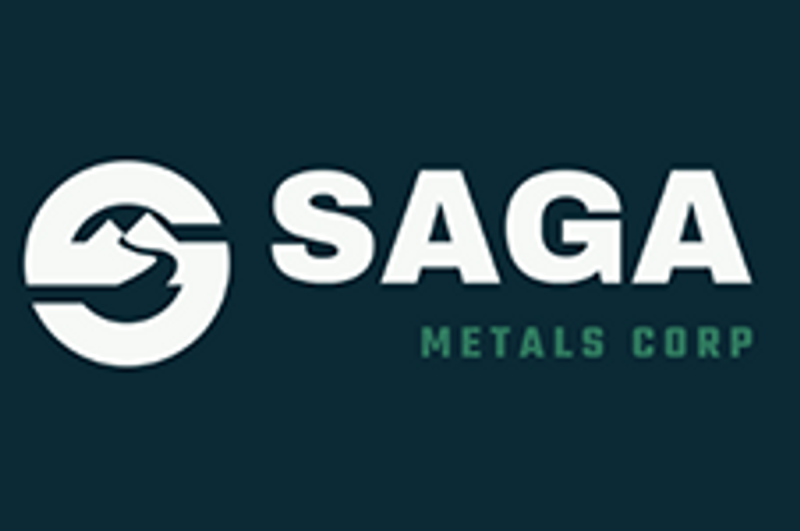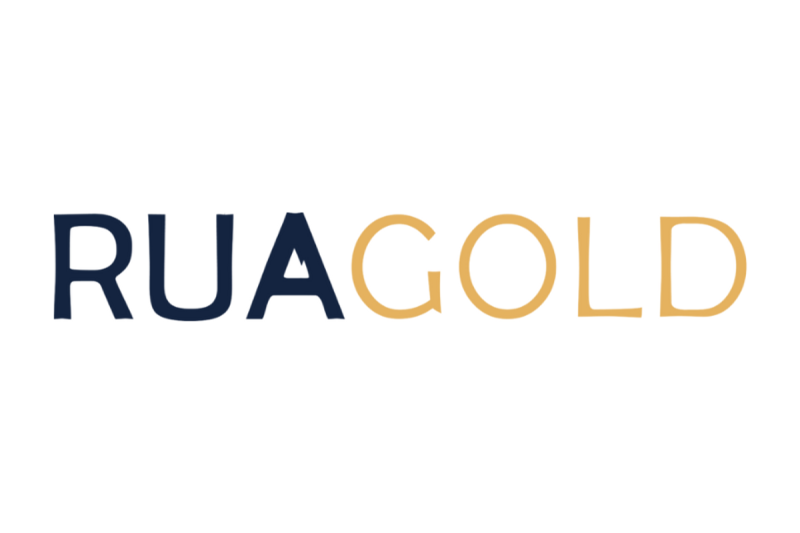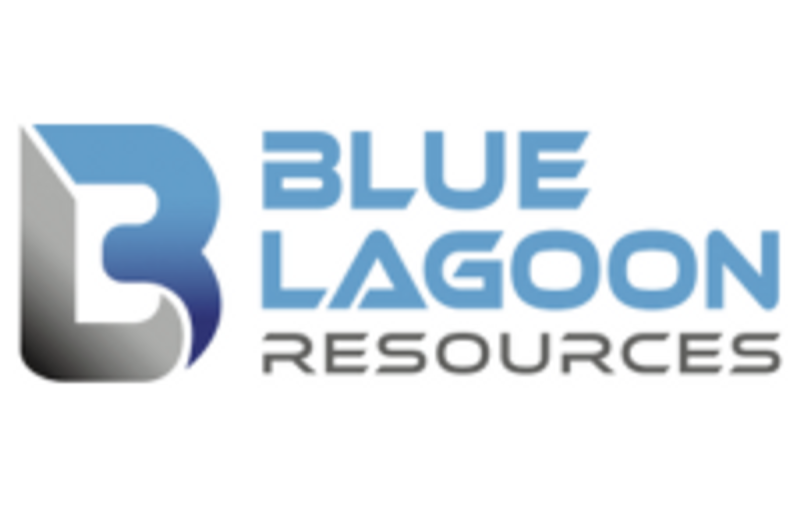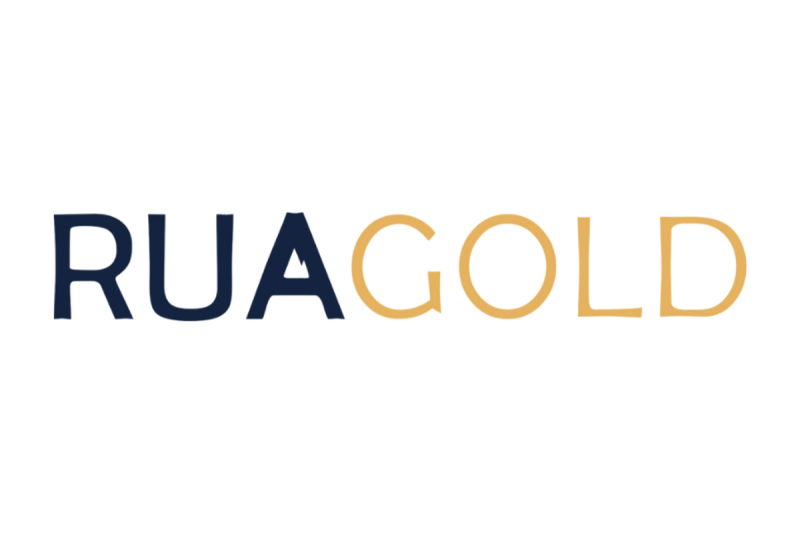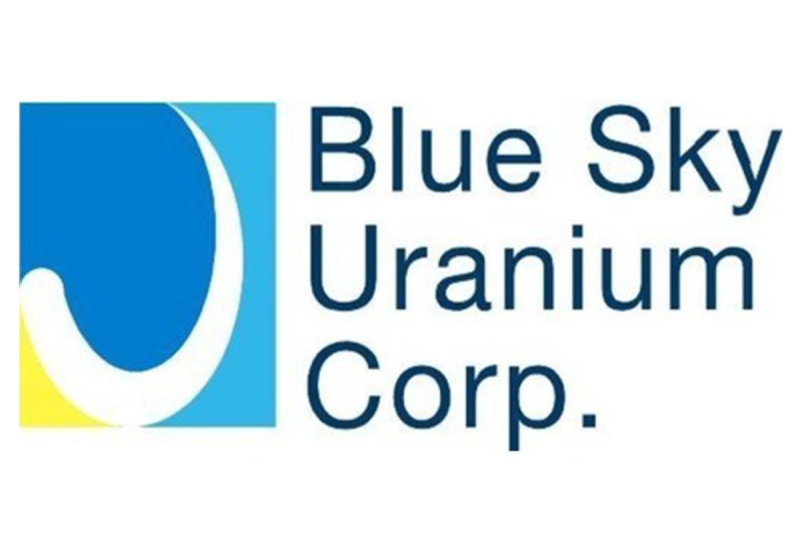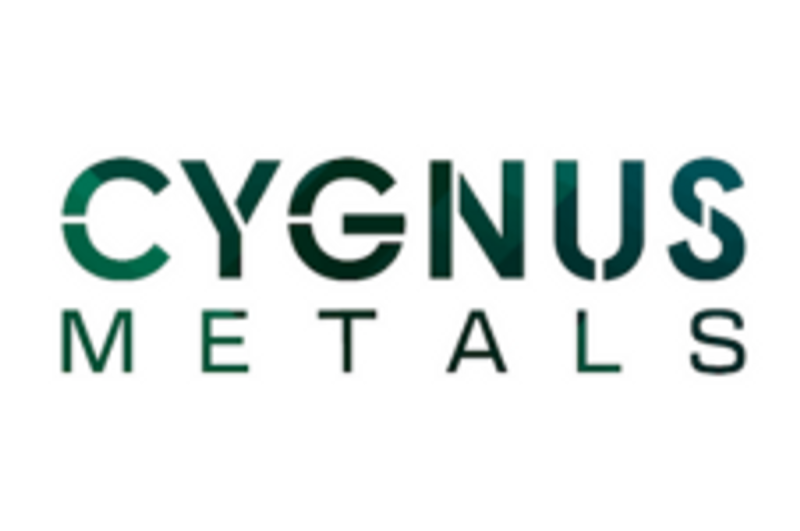Westport Fuel Systems Inc. (TSX: WPRT Nasdaq: WPRT) (‘Westport’ or the ‘Company’) announces that the Company will release Q1 2025 financial results on Tuesday, May 13, 2025, after market close. A conference call and webcast to discuss the financial results and other corporate developments will be held on Wednesday, May 14, 2025.
Time: 10:00 a.m. ET (7:00 a.m. PT)
Call Link: https://register-conf.media-server.com/register/BI73bcac200e5f4652873668cf803d72ed
Webcast: https://investors.wfsinc.com
Participants may register up to 60 minutes before the event by clicking on the call link and completing the online registration form. Upon registration, the user will receive dial-in info and a unique PIN, along with an email confirming the details.
The webcast will be archived on Westport’s website and a replay will be available at https://investors.wfsinc.com .
Annual General and Special Meeting
Westport will host its 2025 Annual General and Special Meeting (the ‘Meeting’) virtually on May 15, 2025 at 10:00 a.m. PT (1:00 p.m. ET).
To streamline the virtual meeting process, Westport encourages shareholders to vote in advance of the Meeting using the voting instruction form or the form of proxy which has been shared with shareholders with the Meeting materials. Further instructions on voting and accessing the meeting are contained in the Management Information Circular under ‘Section 1: Voting’ – upon receipt, please review these materials carefully.
Registered Shareholders and duly appointed proxyholders can attend the meeting online at https://meetnow.global/MD2JR55 to participate, vote, or submit questions during the meeting’s live webcast.
About Westport Fuel Systems
At Westport Fuel Systems, we are driving innovation to power a cleaner tomorrow. We are a leading supplier of advanced fuel delivery components and systems for clean, low-carbon fuels such as natural gas, renewable natural gas, propane, and hydrogen to the global transportation industry. Our technology delivers the performance and fuel efficiency required by transportation applications and the environmental benefits that address climate change and urban air quality challenges. Headquartered in Vancouver, Canada, with operations in Europe, Asia, North America, and South America, we serve our customers in approximately 70 countries with leading global transportation brands. At Westport Fuel Systems, we think ahead. For more information, visit www.wfsinc.com.
Investor Inquiries:
Investor Relations
T: +1 604-718-2046
E: invest@wfsinc.com
News Provided by GlobeNewswire via QuoteMedia




